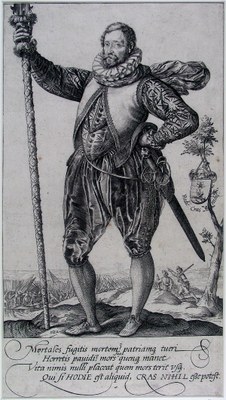Hendrick Goltzius, Piekenier, 1582
erstellt von
—
last modified
2020-05-25T11:44:49+02:00
Museum Boijmans Van Beuningen
Museum Boijmans Van Beuningen
Hendrick Goltzius, Piekenier, engraving, 220 × 149 mm, 1582; source: Museum Boijmans Van Beuningen, http://www.geheugenvannederland.nl/?/nl/items/BVB01:L196213PK.
Transfer of Military Organizations and Institutions@Transfer of Military Organizations and Institutions@(BE)@freigabe
Transfer of Military and Naval Technology 1325–1650@Transfer of Military Technology@(BE)@freigabe

